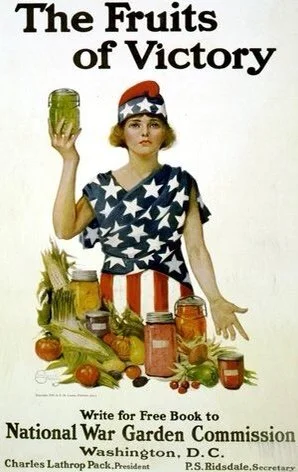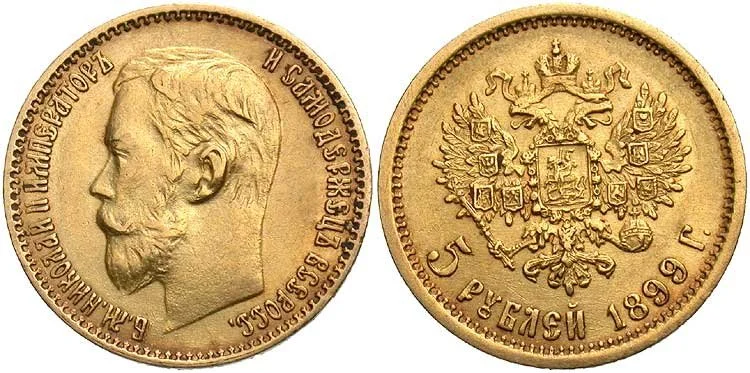Victory Gardens
On top of the historic money printing by the USA, due to the Russian invasion of Ukraine and the Western sanctions on Russia, fertilizer and food prices are rising. In addition, Russia is looking to begin selling their oil for rubles instead of dollars within a week, resulting in higher prices across the board. Higher food prices will make Victory Gardens popular again.
Victory Gardens became popular in the USA during the first and second World Wars (the Second Thirty Years War: 1914-1945) when food production was interrupted in Europe.
According to History.com,[1]
“During World War I, a severe food crisis emerged in Europe as agricultural workers were recruited into military service and farms were transformed into battlefields. As a result, the burden of feeding millions of starving people fell to the United States. In March of 1917- just weeks before the United States entered the war- Charles Lathrop Pack organized the National War Garden Commission to encourage Americans to contribute to the war effort by planting, fertilizing, harvesting and storing their own fruits and vegetables so that more food could be exported to our allies.”
Today, food production and trade is being interrupted in Europe by the Russian invasion and Western Sanctions. Ukraine and Russia are large producers fertilizer and grain. Both account for 1/3 of global wheat exports.
Per CNBC,[2]
“In 2021, Russia was the world’s top exporter of nitrogen fertilizers and the second-largest supplier of both potassic and phosphorous fertilizers, according to the U.N. Food and Agriculture Organization.”
According to AP News.[3]
“Ukraine and Russia account for a third of global wheat and barley exports, which countries in the Middle East, Asia and Africa rely on to feed millions of people who subsist on subsidized bread and bargain noodles. They are also top exporters of other grains and sunflower seed oil used for cooking and food processing.”
If rising food production prices were not enough, Russia is also seeking to sell their oil for rubles to combat Western Sanctions. Putin said so on Wednesday, March 23, 2022.
According to the Moscow Times,[4]
“Russia will force Europe to start paying for gas supplies in rubles, President Vladimir Putin said Wednesday in televised remarks.
‘I have decided to implement a set of measures to transfer payments for our gas supplies to unfriendly countries into Russian rubles,’ Putin said, ordering the changes to be implemented within a week.”
Selling oil for rubles to Western nations would weaken demand for the petro-dollar. That will result in higher dollar prices for everything that relies on motorized transportation.[5]
High food prices can be mitigated by people growing their own food. Victory Gardens will grow in popularity.
Continuing, History.com notes,
“Throughout both world wars, the Victory Garden campaign served as a successful means of boosting morale, expressing patriotism, safeguarding against food shortages on the home front, and easing the burden on the commercial farmers working arduously to feed troops and civilians overseas.”
Fortunately, the USA are the world’s largest exporter of food.[6]
On top of the historic money printing by the USA, due to the Russian invasion of Ukraine and the Western sanctions on Russia, fertilizer and food prices are rising. In addition, Russia is looking to begin selling their oil for rubles instead of dollars within a week, resulting in higher prices across the board. Higher food prices will make Victory Gardens popular again.
[1]https://www.history.com/news/americas-patriotic-victory-gardens
[2]https://www.cnbc.com/2022/03/22/fertilizer-prices-are-at-record-highs-heres-what-that-means.html
[4]https://www.themoscowtimes.com/2022/03/23/putin-orders-europe-to-pay-rubles-for-russian-gas-a77053
[5]https://www.hamiltonmobley.com/blog/the-death-of-the-petro-dollar




